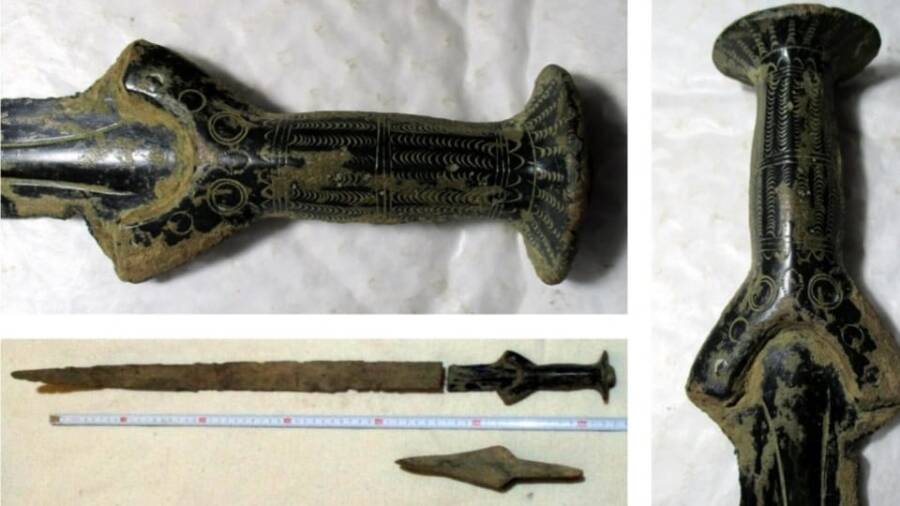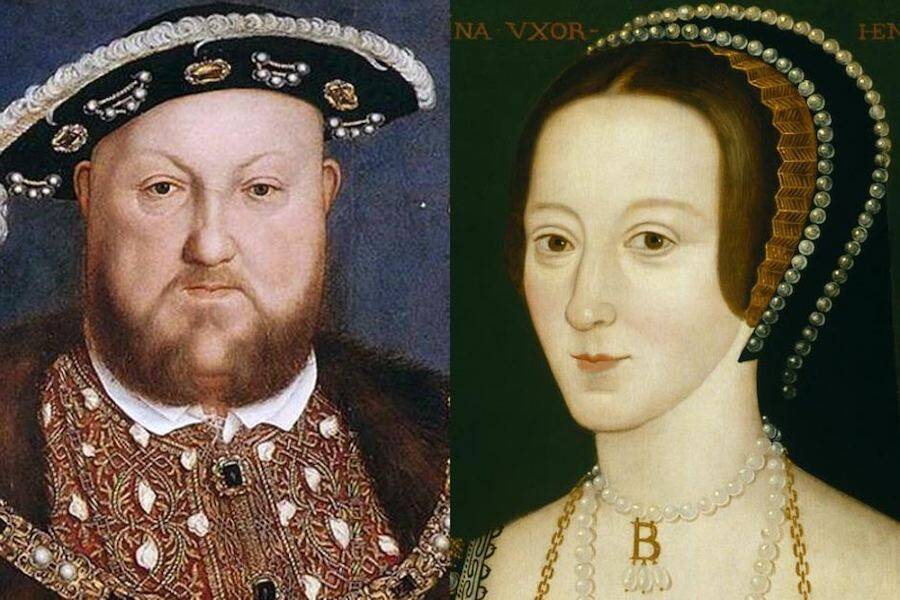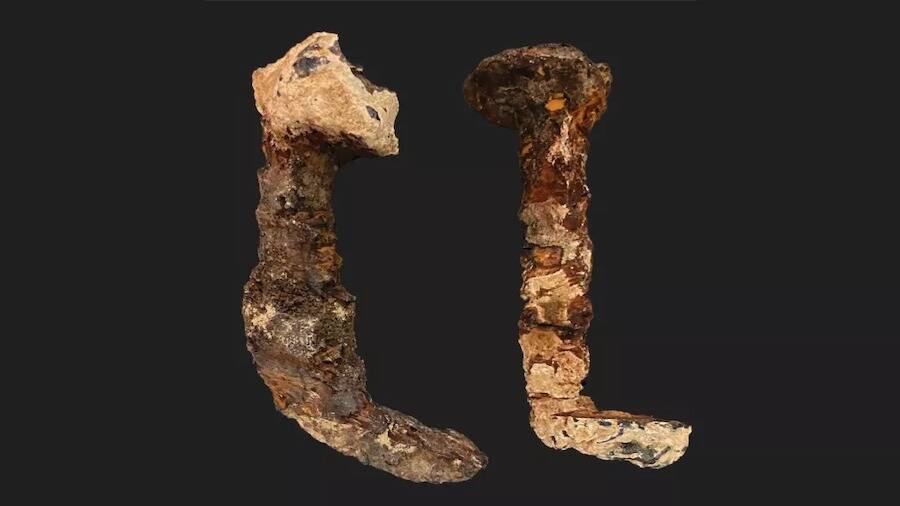Bronze Age sword accidentally unearthed, disturbing details about Anne Boleyn's beheading revealed, nails used to crucify Jesus possibly identified.
Czech Man Out Looking For Mushrooms Happens Upon 3,300-Year-Old Sword

Ethnographic Museum of JesenickoSeveral views of the Bronze Age sword recently unearthed in the Czech Republic.
Circa 1300 B.C., the Urnfield people began building a society in what’s now central Germany and started making uniquely-crafted bronze swords unlike their more common iron counterparts. Now, a Czech man out for a walk happened upon one of these swords, still fully intact after 3,300 years.
“It had just rained and I went mushroom-picking,” he said. “As I went, I saw a piece of metal sticking out of some stones. I kicked it and found that it was a blade, part of a sword.”
Learn more about his historic discovery here.
Newly Uncovered Document Reveals How Henry VIII Planned Every Detail Of Anne Boleyn’s Beheading

Wikimedia CommonsKing Henry VIII was either convinced of his wife’s adulterous, incestuous, treasonous ways or intentionally contrived reasons for her to be killed.
On May 19, 1536, King Henry VIII’s second wife Anne Boleyn was executed with a single swing of the sword. Charged with adultery, incest, witchcraft, and treason, she praised her husband before the blade fell as a “gentle and sovereign lord.” Newfound historical records show he was anything but.
Experts have long argued over whether or not Boleyn was guilty at all. Most contemporary historians agree that her criminal charges were utterly contrived. Boleyn’s final moments, meanwhile, had been carefully planned down to a tee — by her very own husband.
See more in this report.
A Scientist Thinks These Ancient Roman Nails May Have Been Used To Crucify Jesus Christ

Israel HershkovitzThe two ancient and corroded nails came from an unmarked box delivered to Tel Aviv University. The new study suggests they came from the tomb of the Jewish high priest Caiaphas.
In 1990, excavations of the tomb of high priest Caiaphas, who plotted the killing of Jesus, yielded a stunning find: two Roman-era iron nails. They mysteriously disappeared until filmmaker Simcha Jacobovici rediscovered them in 2011. Now, a new study confirms that they were used in a crucifixion.
Scholars initially dismissed the idea that these corroded nail fragments were the same ones discovered in Caiaphas’ tomb. But a new study is forcing some to reconsider.
Read on here.





